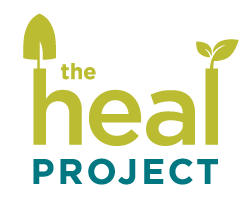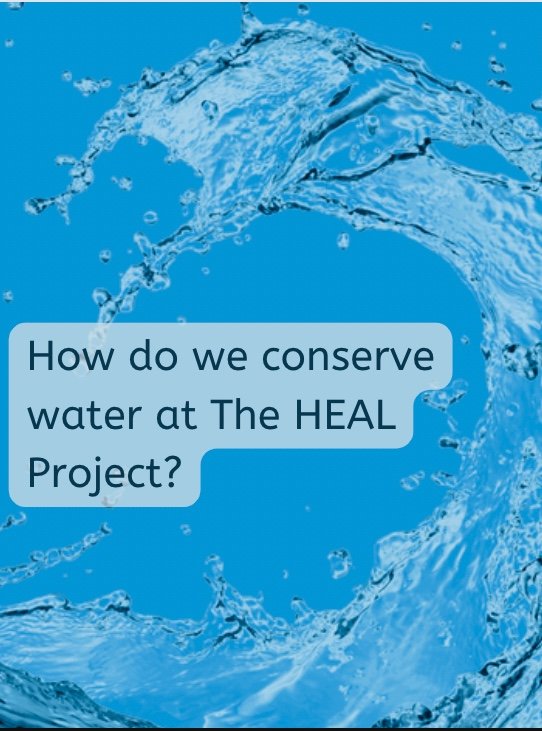The drought is very serious in California, and we were lucky to catch up with our farmer Fiona Benjamin to find out about water conservation at the San Mateo County School Farm.
Fiona has a degree in Sustainable Agriculture from UC Davis, and is a native of the Coastside.
THP: What are we doing to manage our water resources during the hot dry summer?
Fiona B.: I decided to cut out growing corn this year- it's a thirsty crop and I wanted to be forward thinking about our water needs in the late summer.
THP: We see that inland temperatures are so much hotter than on the coastside.
Is our local zone more “water-friendly?” How does the San Mateo County School Farm benefit from the unique coastal climate?
FB: This is a much more gentle climate on the farmers and plants than warmer inland areas. It's not much, but the plants can even water themselves from marine-layer drip.
Fog gathers on the leaves and drips down the stems. But mostly, because it's less hot the plants transpire less water, and less evaporates from the soil, reducing our needs overall.
THP: What kinds of things does a farmer do to conserve water, in terms of planting, irrigating, harvesting?
FB: Drip irrigation, watering more deeply less often, and mulching all help reduce water usage.
THP: What types of food crops and flowers are best suited to the new normal of less rain?
FB: Lots of crops can be watered only once per week or even "dry farmed." The latter means to water a plant until it's established and then let it fend for itself by foraging deep in the soil profile for water.
We dry farm grain, beans, and tomatoes here.
THP: We love dry-farmed tomatoes — they are so tasty! What time of year is the most “thirsty” for the farm?
FB: Late summer. We use surface water that is replenished by winter rains, so by the end of the summer we are at the lowest amount. It can be hard to estimate how long water supplies will last.


